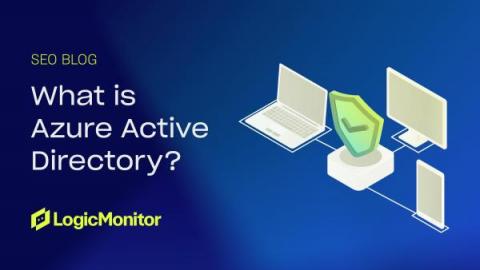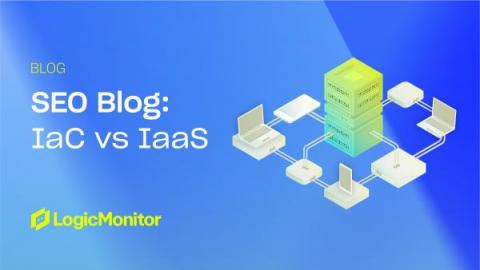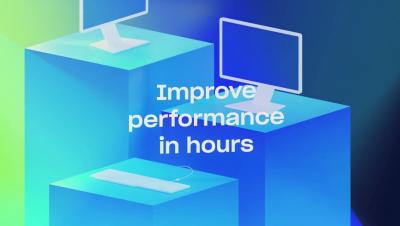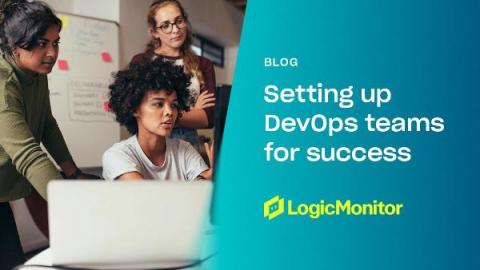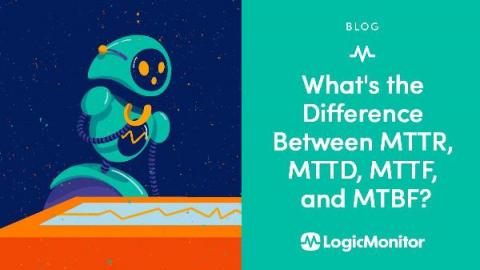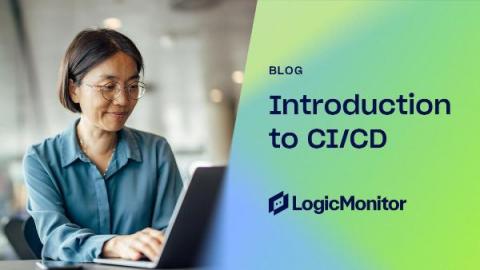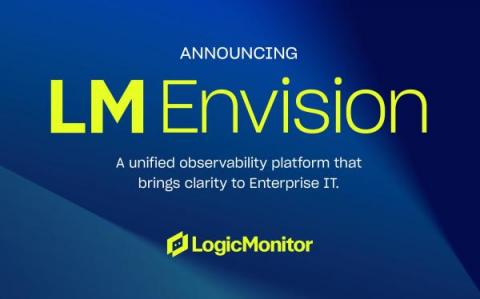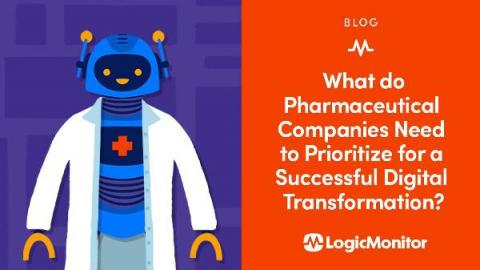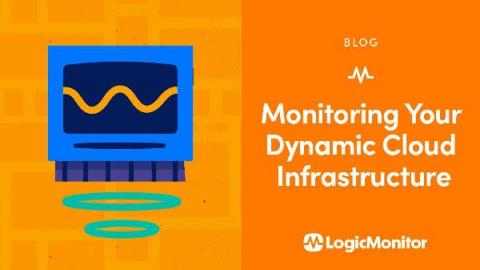What is Azure Active Directory?
Azure Active Directory (Azure AD) is a comprehensive cloud-based platform used around the world. It is an identity provider and access management service. If a company employs OneDrive, Skype, or Outlook, they are already using Azure in some capacity. Similarly, if a company uses Microsoft Teams or other applications in the Microsoft Office Suite, they are accessing them by logging into Azure AD.


